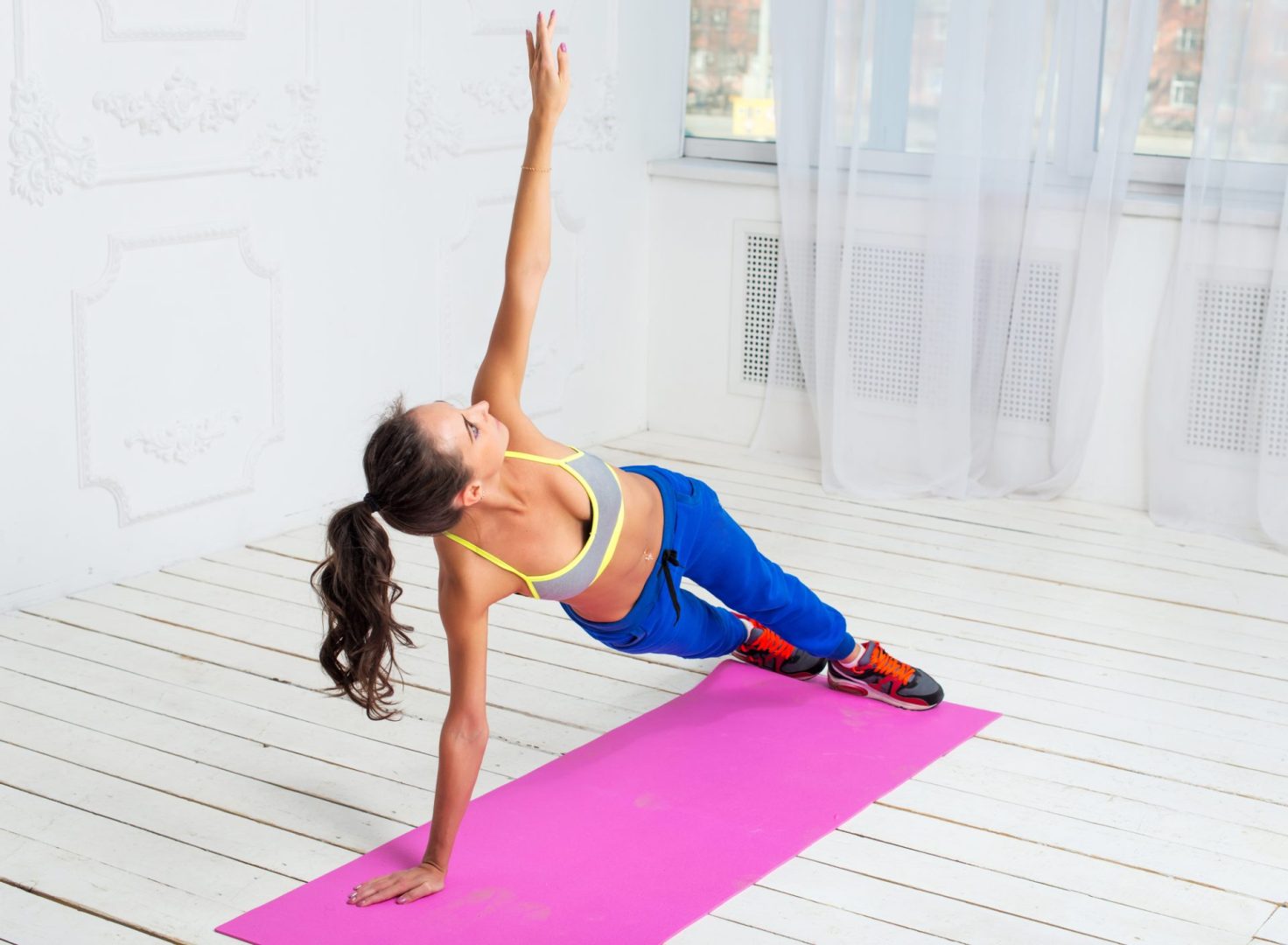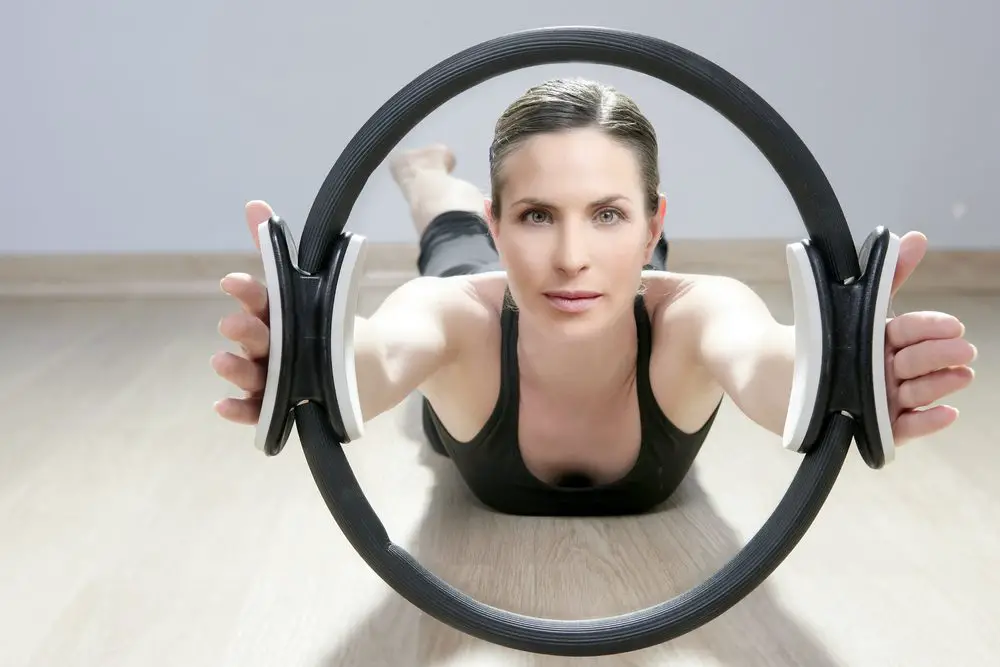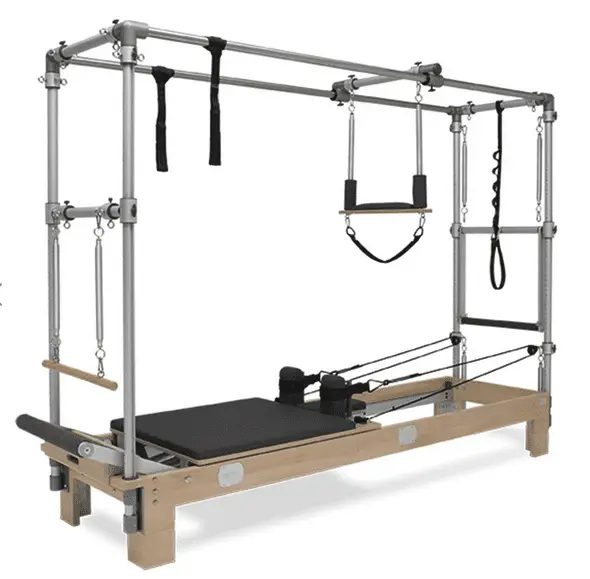Exercise
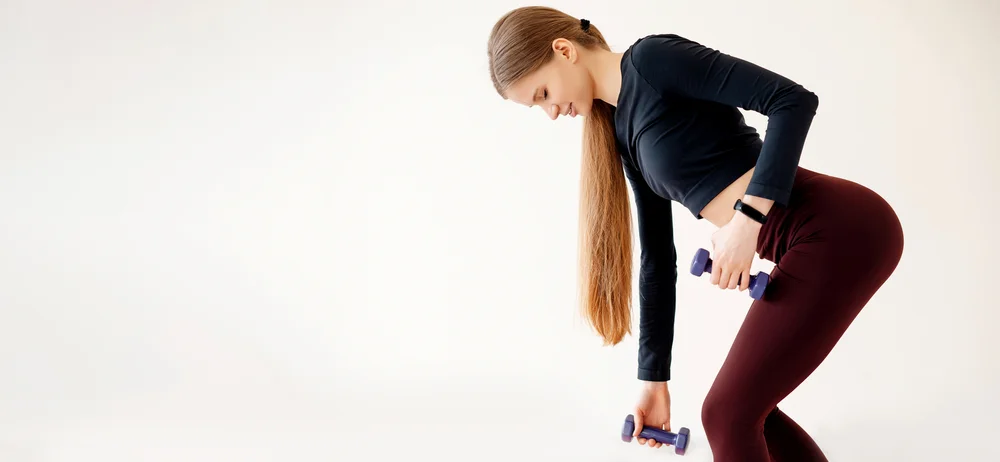
Working to improve one’s mobility can significantly improve the performance of all athletes, but for most people that involves performing specific mobility exercises we promise we will work on at our next practice but never do.
Each one of us wants to lift heavier than we did the day, week, or month before and achieve something we couldn’t do the day.
However, doing so carelessly means putting our joints in awkward positions, and the truth is that if we want to lift heavier, working on our mobility is essential.
From professional athletes to casual runners, in this article, we have 5 exercises to improve your range of motion and protect your body from potential injuries!
What Is Mobility?
Mobility, as opposed to flexibility, involves purposefully controlling the range of movements of your joints.
Flexibility is a neutral way of measuring range of motion, as it simply entails finding our range of motion is a relaxed muscle by performing what are mostly static stretches.
On the other hand, mobility involves purposefully directing any range of motion you are performing by targeting and actively engaging specific muscles at a time.
The concept of mobility exercises is to build strength over time, so performing weighted mobility exercises or applying tension on the muscles you want to improve the mobility of is the way to do it.
What Is The Significance Of Mobility?
Mobility is essential for physical well-being and longevity. If you suffer from poor mobility, that means you are not moving your joints through their full range of motion when they are active.
This can result in tension being placed on your joints unequally, with one knee, for example, handling more weight that the other, which can be painful and result in further injuries.
Moreover, our bodies’ elastic muscle fiber tissues get short and stiff when we spend excessive amounts of time sitting, something that even athletes do from time to time.
Therefore, it is important to perform mobility exercises that can help stretch and unstiffen the muscles and help relieve you from any pain or discomfort.
Not only that but poor mobility can affect our daily movement, whether that is a simple stroll in the park, a hike, or an intense HIIT workout.
That is because when our shoulders or legs cannot perform a full range of motion like, for example, when doing burpees, then our body is not properly trained and our muscles become even stiffer than before.
Spending time working our mobility is thus extremely important for professional athletes, and it is equally important for those who are less active.
5 Mobility Exercises for Athletes to Improve Performance
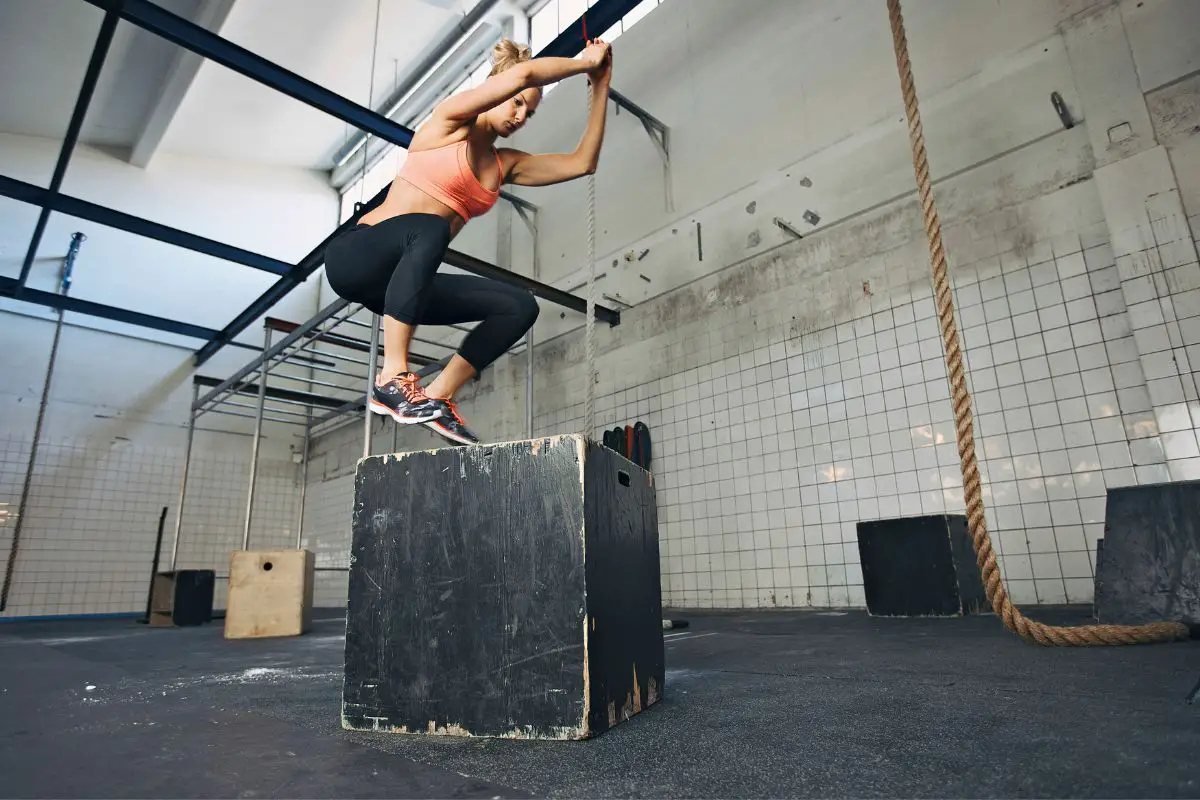
Standing Calf Raise For Ankle Mobility
Many people will stretch their calf muscles for hours and not notice any improved performance in their ankles’ flexion and extension. They have no idea that all they have to do is add load.
The standing calf raise machine is a lifesaver when it comes to ankle mobility. If you do not have access to a gym machine like that, completing unilateral calf raises with a weight in your hands is a fine alternative.
To achieve the maximum stretch at the bottom, keep your feet elevated on a box’s or step’s edge. Continue stretching for 3-4 seconds at the bottom position prior to actually raising the calves.
This will drain away the elastic power and put a charged tension on the calf muscles, allowing any new range of movements to be supported.
Wide Stance Good Mornings For Groin Mobility
The groin (or adductor) muscles are found on the inner side of your thighs. Athletes like dancers who are used to doing straddle splits have excellent mobility in that area of their body.
Sometimes, the central nervous system prevents you from reaching such positions because it considers them risky. This can be changed with weighted resistance training.
The groin muscle fibers function as hip extensor muscles and work in tandem with the hamstring and glute muscles.
This is the reason numerous deadlift variants can put your inner thighs on fire. However, to target them more effectively, take a wider stance to place them under more strain.
To accomplish that, a good morning mobility exercise with a wide feet stance is ideal.
Keeping your lower back straight, lower your back so that it is parallel to the floor while keeping a large chest position with a lifting bar on it.
It is very important to avoid bending over, so, instead, try pushing your hips back, stretching your hamstring and adductor muscles at the same time.
Stop when you begin to feel uneasy and push your hip bones forward. Repeat 6-10 times and take it slow and engage the right muscles.
Romanian Deadlift For Hamstring Mobility
Tight hamstrings appear to affect most athletes. However, static stretches won’t make much of a difference.
Hamstring muscles are biarticular, which means they bridge two joints, those of knees and that of the hips which indicates that to improve mobility in the hamstrings, all athletes need to learn how to flex the hips and extend the knees.
Although the Romanian deadlift is an excellent hamstring building movement, it also serves as an excellent mobility exercise for the hamstrings.
The knees are partially bent, whereas the hips are driven back, causing a significant extension in the hamstring muscles.
As you improve and become more familiar with this movement, start lowering the barbell more and try getting it as close to the floor as you can.
Even so, it is critical for you to go back to the starting position once your hips can not move further to the back.
Perform sets of 6-8 reps with a fairly good weight, that will not however hurt your lower back.
Isometric Split Squat For Hip Mobility
Hip flexor tension affects our pelvic stance and general posture. This can lead to significant problems such as persisting pain on the knees and your lower back.
A great exercise that will help you improve your hip mobility while also increasing their flexibility is an isometric split squat.
This exercise, when performed for a long duration, aims at promoting the tendon’s adaptive responses that can treat the injury. However, this is not the reason you should be conducting this movement.
Having to sit in the bottom of split squats lengthens the rectus femoris, which is the quadriceps muscle that traverses both the hips and knees, as well as other hip flexor muscles of the back side of the legs.
Stay in this position for 1 to 5 minutes for a single set which is sufficient and serves as an excellent warm-up for your squat exercises.
Thoracic Extension For Shoulders Mobility
Shoulder mobility encompasses more than merely the muscle fibers that support the shoulders and thoracic mobility has a significant impact on it.
Therefore, using a foam roller to perform thoracic extensions is a great way to work on your shoulders mobility before working on your upper body with weights.
To do these thoracic extensions, you need to lay your upper back on the foam roller. Arching it, start performing crunches but do it by moving your shoulders up and down instead of using your abdominal muscles.
Perform 8-10 reps for 2-3 sets.
Other Ways To Improve Mobility
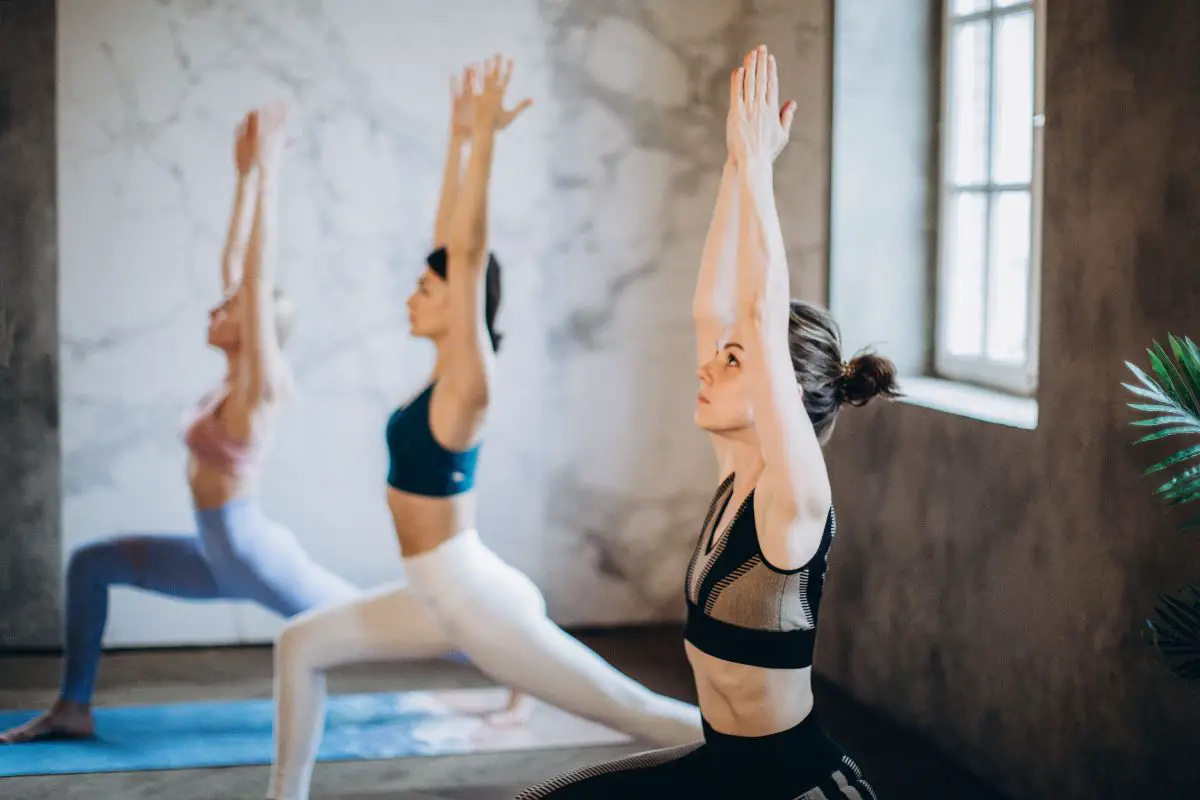
If you follow a daily workout or training schedule, incorporating some mobility exercises into your warm-up sesh is simple and very effective.
Even when you do not have a fitness regime but want to start improving your health and wellbeing, mobility stretches are an excellent starting point.
So, apart from the exercises recommended above, if you want to spend more time working on your mobility or even dedicate an active rest day to a mobility workout, here are some things you can do:
Yoga Or Pilates
Yoga and Pilates are two simple and pleasant approaches to boost your mobility by focusing on both getting stronger and becoming more flexible.
Register for a yoga or Pilates session at a studio or try a workout alone at home by signing up for classes with an online yoga or Pilates instructor or watching one of the thousands of online videos available on YouTube for free.
Mobility Drills
Mobility drills are warm-up activities that engage your joints and activate them for your follow-up training routine.
Keep in mind that it is not necessary to stay in specific positions when doing mobility drills as movement is your main focus.
Seek advice from a personal trainer or physical therapist to determine which mobility drills you need to do.
The Bottom Line
Athletes’ mobility stretches aren’t limited to a few static stretching exercises or snazzy poses. Mobility is mostly about learning to control every range of motion instead of mindlessly getting there.
Because you can direct your arms and legs in all the extreme ranges of motion, enhancing your mobility reduces your chance of becoming injured and helps with optimizing your workout routines, so try the exercises we recommended above and improve your mobility!
